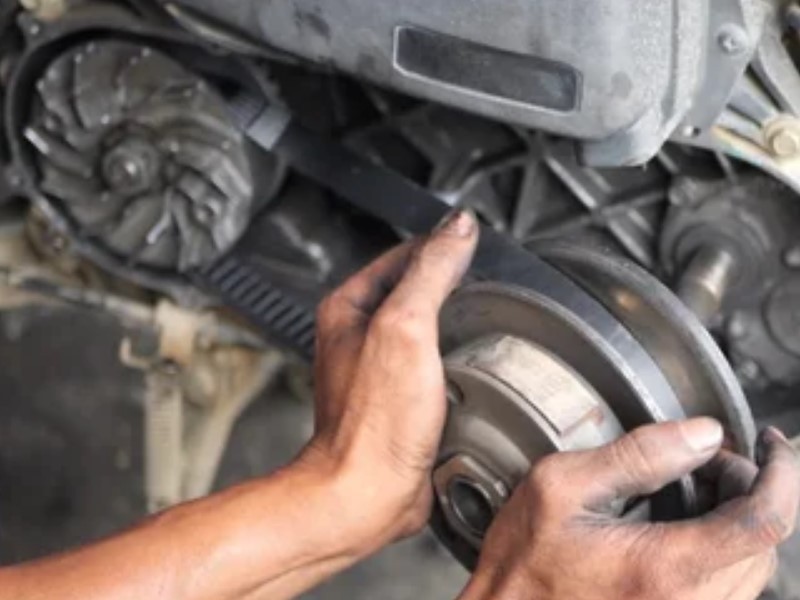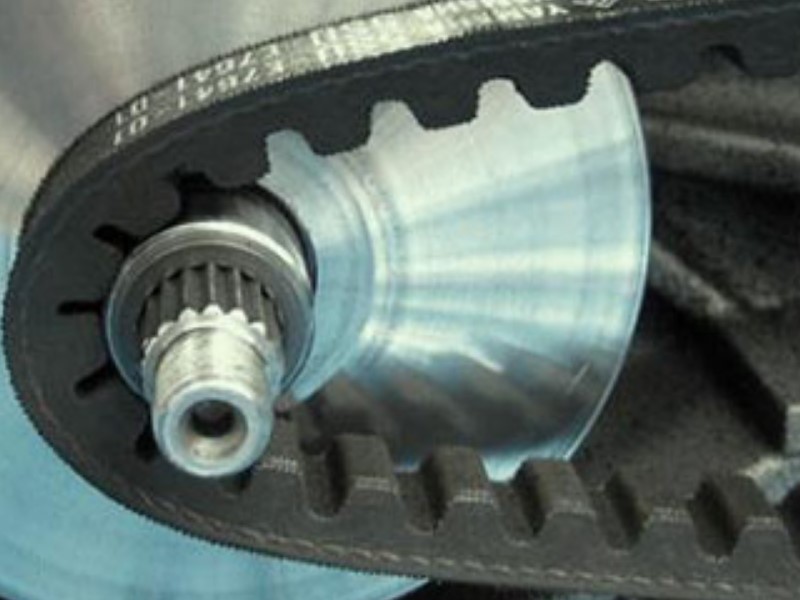The basics of car straps and what you have to know about them
As you are aware, the powertrain of your car is comprised of a variety of belts, each of which has a specific purpose. For instance, the belt that controls distribution can be distinguished from the belt that controls the alternator. In spite of the significant advances in technology that the automotive industry has made in recent years, these systems remain, at their core, mechanically quite straightforward. However, the fact that they are so straightforward ensures that they are effective.
Nevertheless, the V-belt is a specific form of a belt that we are going to delve deeper into because it is very important to be familiar with it.
Table of Contents
Trapezoidal section belts
Trapezoidal section belts are what V-belts are, which makes sense given their name. They function similarly to other types of belts in that they are used to convey power from the element that drives the vehicle to the element that is being driven. During operation, their design makes it easier to maintain a firm grasp on roller components (such as pulleys), hence reducing the likelihood of slippage and improving the production uniformity of the system.
These specific types of engine components are available in a large number of various varieties, each of which offers a distinct set of properties that make them appropriate for usage in a particular set of applications. Some examples are as follows:
• A-type V-belts that are an extra half an inch wide
• V-belts of type B with a top width of 21/32 inches;
• V-belts of type C with a top width of 7/8 inches;
• V-belts of type D with a top width that is greater than 1 1/4 inches.
• V-belts of the E-type having a width of more than 1 and a half inches
The article that follows presents an overview of V-belts, including their structural elements, operating principles, available types, as well as design and selection considerations for these belts.
How do V-belts work?
The following is a list of the primary components that make up a conventional V-belt:
The primary component of rubber. Rubber makes up the majority of the V-belt and has the dual purpose of acting as a shock absorber while the belt is in use.
Members of the traction. The V-belt gets its strength and capacity to transmit power from the incorporation of the traction elements, which are more frequently referred to as “ropes.”
A covering that is protective. The fabric cover provides the necessary grip for power transfer, as well as protection for the rubber against damage caused by friction and contamination from the environment.
These individual components, when combined, make it possible for V-belts to carry out the job for which they were designed, which is to transfer power from one pulley to another through the use of friction-based mechanisms.
Design and material options for V-belts are discussed.
When developing and choosing a V-belt for a system, there are a number of considerations to make to ensure that the component selected displays the appropriate performance characteristics. One of these considerations is the system’s load capacity. Among the most important things to take into account are the following:
Application
The operational and environmental circumstances that the V-belt will be subjected to have a significant impact on the kind that is best suited for the application. Operating speeds, intermittent or continuous operation, misalignment tolerance, layout (such as a coil or quarter turn), transmitted power, belt efficiency, and exposure to harsh conditions (such as extreme temperatures, abrasives), ozone, and lubricants are some of the aspects that should be considered. V-belts for light or heavy industries are available in a broad variety for specialists in the relevant industry to pick from, depending on the important criteria.

Profile
V-belts are available in a variety of profile variations (for example, cross-section), you can find them in the car parts section of the store. Despite the fact that they all share the same fundamental trapezoidal shape, they are all different sizes. The following are the primary industry standards.

To summarize, we can say that V-belts are an instant ally for the correct functioning of the engine and that making the right choice during the phase of purchasing new V-belts or replacing old ones can certainly make a difference in the way your vehicle performs. V-belts are also an instant ally for the correct functioning of the transmission.




